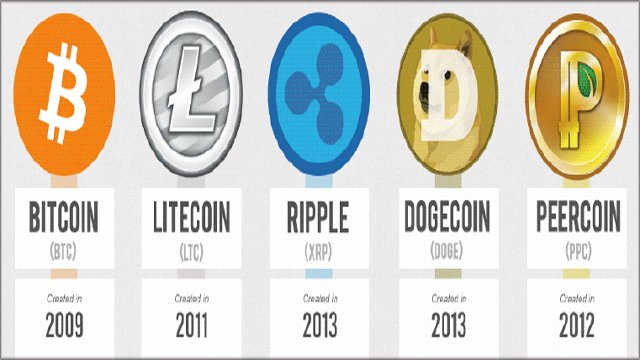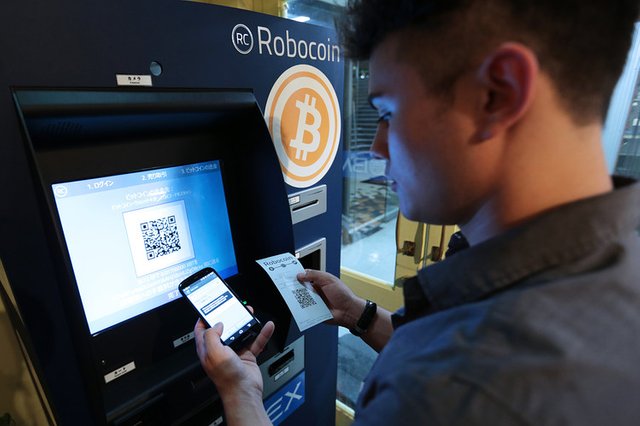i would like to write a little about Electronic money or digital money and the the value of money units issued by the government or the private sector, is stored electronically on an electronic device.
Extensive electronic money publishes significant commercial, economic, political and social effects. The most important effect of the spread of the use of electronic money on money supply, monetary policy and the central bank is dedicated to further developing the markets for money, capital, labor and goods, creating new economic generations
( )
)
Given the electronic money capability to replace cash and bank, it is possible that electronic money will gradually replace the central bank's money, thereby centralizing the central bank's position in monetary policy, banking supervision, monitoring the payment system, stability of the system Financial and, in particular, its independence.
The results of the evaluation of the effects of the expansion of the use of electronic money on the Iranian economy indicate that the massive circulation of electronic money will have little effect on the volume of money, central bank control and monetary policies.

Of course, the central bank's response to electronic money publishing has a very important role to play in influencing the expansion of the use of electronic money on the economy. Although economists have so far failed to provide a comprehensive definition of money that can cover all the features and tasks of the money, it can be defined with some margin of money as a means of trading that is acceptable to the general public.

Money in the economic life of mankind is so important that some of it is considered as one of the most important inventions of the human race and divide economic history into three periods according to the importance of the role of money:
1 - Economics
- Economic Monetary Period
- Credit economy
Given the ever-increasing advances in information and communication technology and the spread of electronic money since the mid-1990s, the current era may well be called the Internet Economics.
The increasing use of electronic money brings significant business, economic, political and social consequences.
Economically, the most important effects of the expansion of the use of electronic money on money supply, monetary policy and central bank are created.

The effects of expanding the use of electronic money on monetary policy is very important because it can reduce the effectiveness of one of the tools of macroeconomic policy of the state to achieve its economic goals, in particular the consolidation of the general level of prices.
Electronic money and its features
Electronic money or digital money, the monetary value of money units issued by the government or the private sector, is stored electronically on an electronic device.
Electronic money is an electronic financial tool that at least can handle all of the money's tasks, so electronic money can be a very close substitute for central bank money.
The monetary value stored on the electronic device with the permission of the consumer involved in payment transactions can be transferred electronically.
This method differs from conventional electronic payment systems, such as payment and credit cards, and cable transfers, each of which usually requires continuous authorization, which may involve debiting and securing bank accounts in any transaction.
Unlike foreign central bank money, electronic money is the same as a deposit or traveler's check.
The legal money of its owner is its publisher, while foreign money does not entail such a demand, in other words, electronic money, a current loyalty to the publisher, is not related to any particular account.
Electronic money features
Although in the electronic money development process, there are very different types of electronic money products with various features, but in designing all of them, at least all features of the central bank money have been taken into account.
In general, electronic money products can be divided into two categories technically.
- Electronic money based on smart cards
2- Electronic money based on computer software
Smart-based electronic money products are designed to facilitate small-value payments in face-to-face deals, so smart card products based on smart cards, the use of central bank money, and, to a lesser extent, the use of credit cards and Reduce payments for direct payments. It is also likely to reduce the use of checks, payment cards, and credit cards in indirect payments, that is, on-time payments.
Electronic money-based products based on computer software will also reduce and reduce the demand for deposit deposits by reducing transaction costs by facilitating the transfer of money between different types of accounts, banks and countries, as well as learning overflows.
Learning overflows are related to the skills that individuals gain over the time using personal finance and communication technologies to manage their personal financial programs and communications technologies to optimize their financial management.
The most important feature of electronic money, that is, transnationality or its unhealthiness, plays an important role in influencing other economic variables.
Although this feature is considered by governments as a source of some of the negative effects of massive electronic money circulation, it also contributes significantly to improving the efficiency of international exchanges.
Naturally, with the use of electronic money, the cost of international transfer of funds will be significantly reduced.
Of course, with unprecedented increases in efficiency